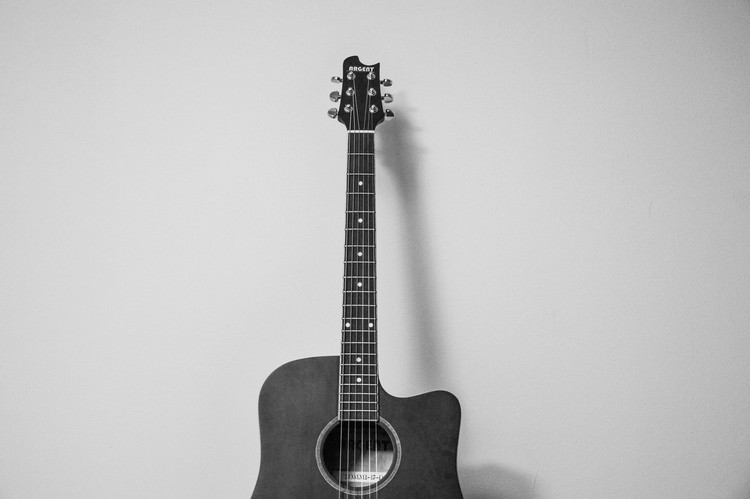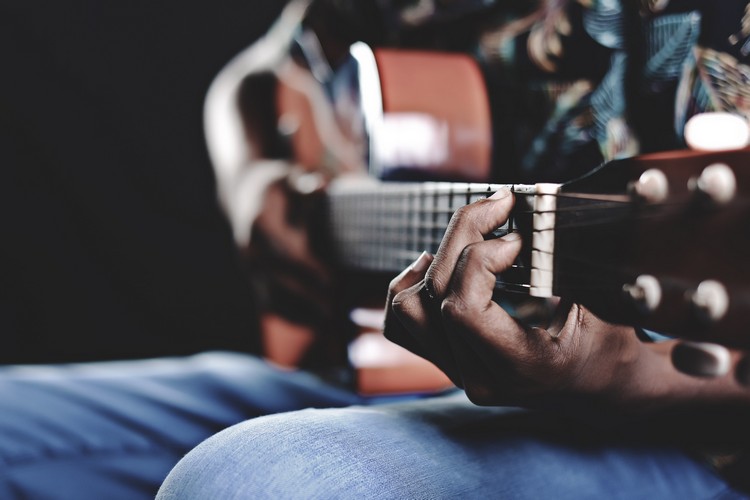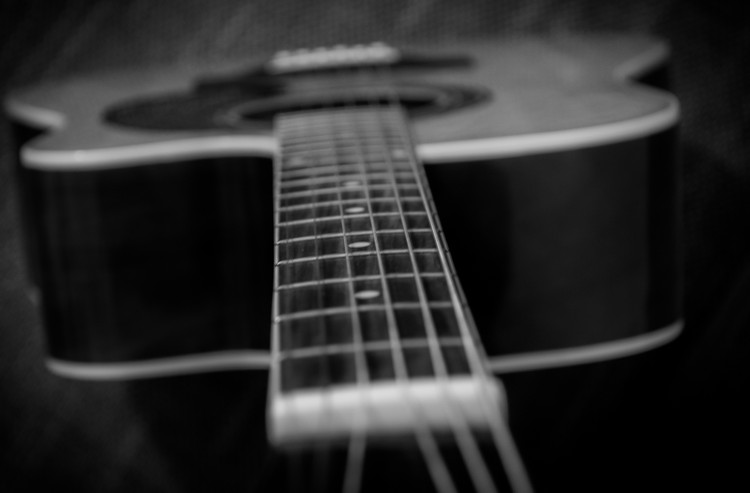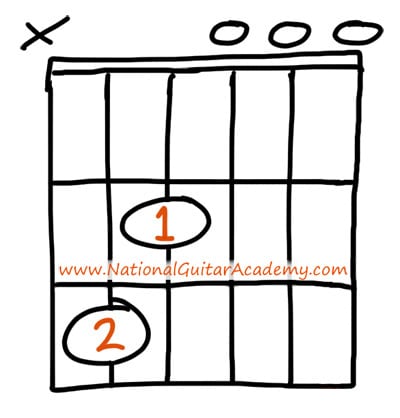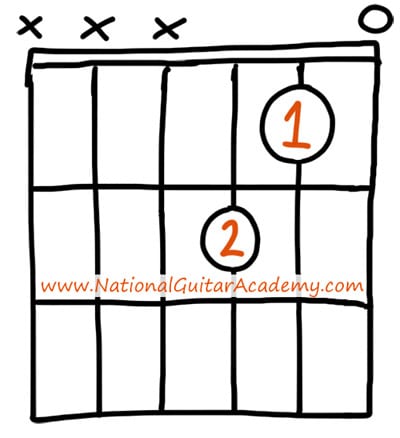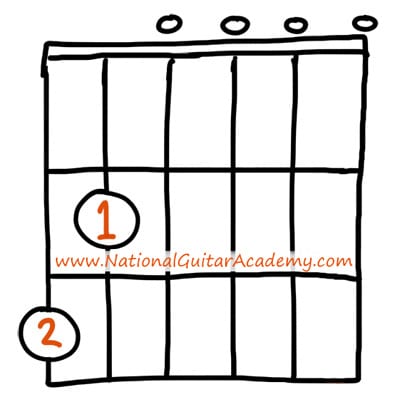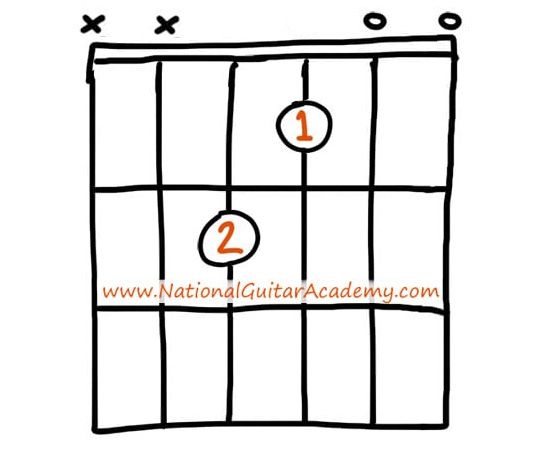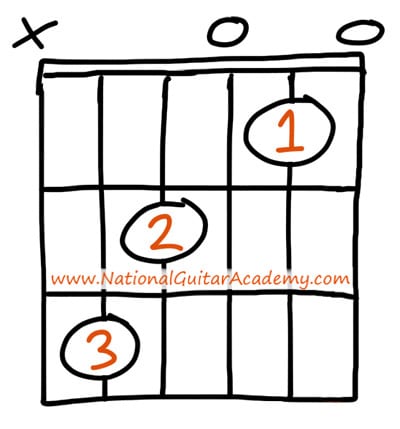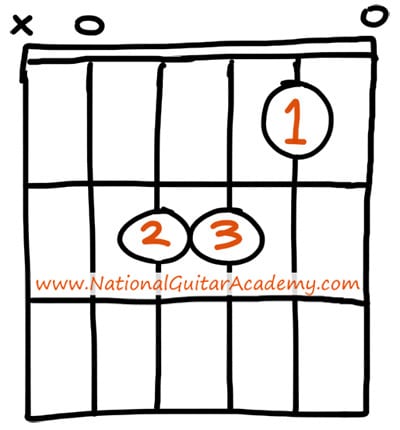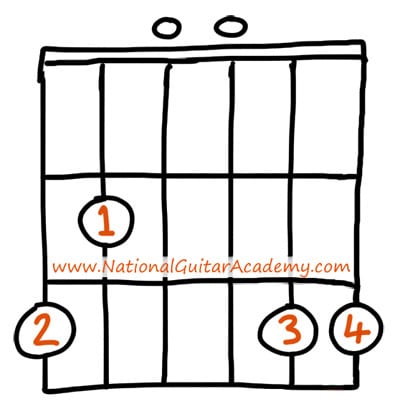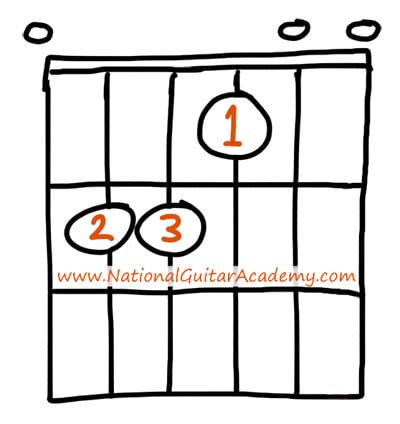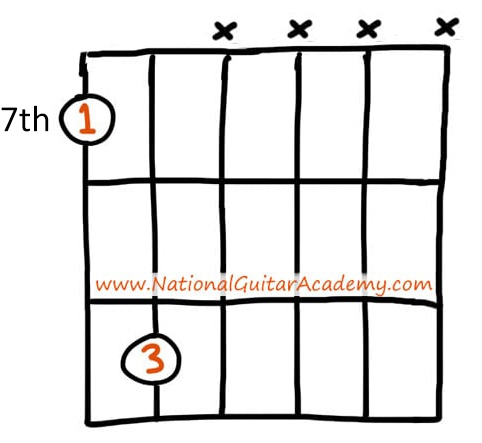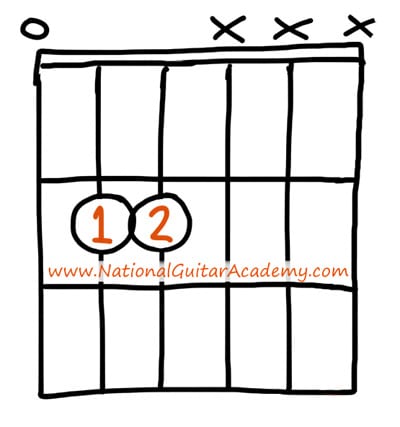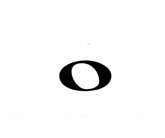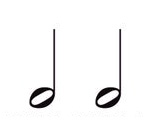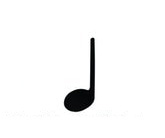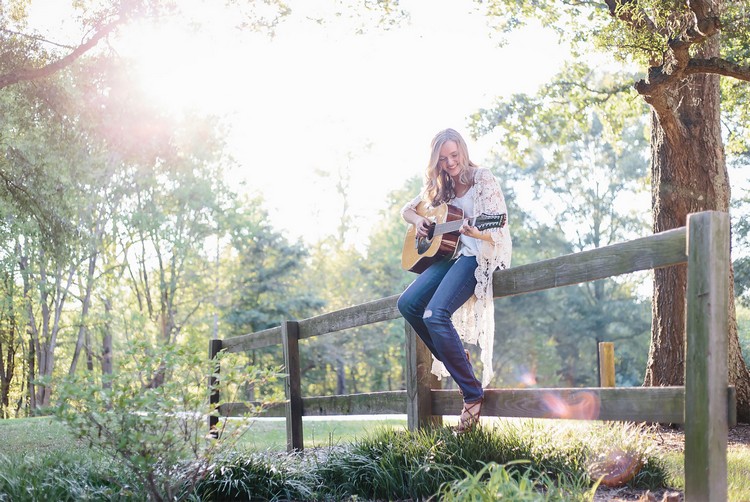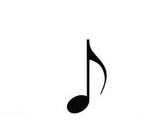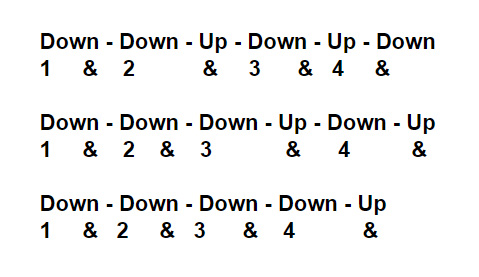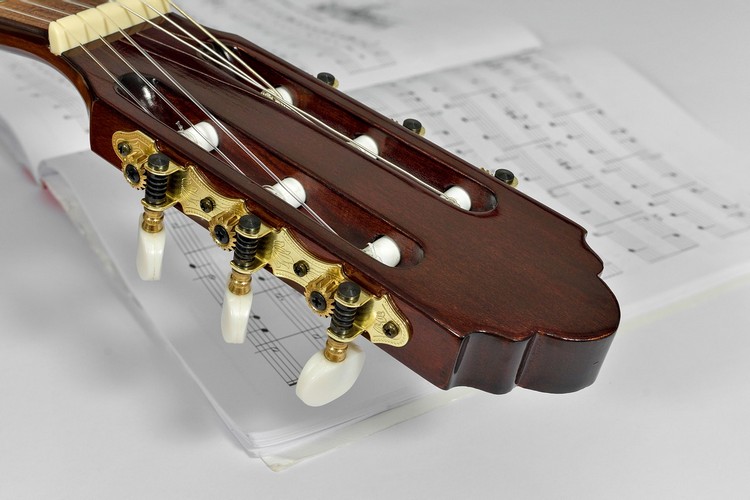Learning how to play rhythm guitar is an important part of being a guitarist – Let us teach you how!
In this free lesson you will learn…
- Essential chords for rhythm guitar
- What power chords are & why you need them
- Different note values & how to play them
- How to mix note values together
- What ‘subdividing’ is & why it’s important
- Awesome songs to help you practice rhythm!
Over 250,000 guitar-learners get our world-class guitar tips & tutorials sent straight to their inbox: Click here to join them
Learning How To Play Rhythm Guitar Is Easy!
Playing guitar isn’t all about solos!
Rhythm is an important part of learning how to play this amazing instrument.
- As intimidating as it might look from the outside, learning how to play rhythm guitar is super easy and straightforward – all you have to do is count!
- In this guitar lesson, we are going to teach you the essentials of rhythm guitar and how to incorporate the techniques of this lesson into your playing.
Grab your guitar and tune up!
Why Is It Important To Have Good Rhythm?
Good rhythm doesn’t just help us when it comes to playing chords!
Having a great sense of rhythm helps us learn to express ourselves with confidence and play with fluidity.
Regardless of whether you perform solo, with a band or just in your basement – you’re going to want to have good rhythm.
Rhythm drives everything in music. No matter what song you study, there is always a specific tempo and groove in place that moves the song forward.
Even the noisiest and most chaotic music is governed by rhythm and solid timing.
When you learn how to play rhythm guitar, you become capable of guiding a jam session (or even a band).
Pro Tip: The easiest way to start developing a good sense of rhythm is to tap your foot.
Having a physical movement to guide us while we play really helps to keep us in good time.
- Many musicians have different ways of keeping time. Many Rock and Metal musicians will headbang, funk musicians will bob their heads, and Stevie Wonder sways from side to side when he plays.
- Foot tapping is just one option, but you can physically keep time however you like!
- Before we can keep time however, we need to learn to count time!
Learning How To Count
‘1-2-3-4’ always ends up being a bit more complicated than we plan on.
Sure, counting out loud is easy, but when we try to incorporate counting into our playing it can get hairy pretty quick.
Try This: Take your favourite chord and strum it.
Try to keep the time between each chord as even and consistent as possible. Now, pick up speed and count ‘1-2-3-4’ out loud as you play.
As you count out loud, you may notice your playing begin to even out a bit. You can add in some toe-tapping to keep the pulse of the rhythm.
Pro Tip: The metronome is your friend!
If you don’t know what a metronome is, it’s one of the best ways to learn how to play rhythm guitar. This little device ticks at an even pace at a tempo of our choosing, and helps us keep time. You don’t even have to buy one, you can simply click here!
Metronomes are great because they help us learn to keep time in a variety of different ways – We can master different note groupings, tempos, time signatures and musical styles all through the use of a metronome.
Next, let’s talk about chords!
Learn 12 EASY beginner chords with our popular guide

✅ Stop struggling. Start making music.
✅ Learn beginner-friendly versions of every chord.
This is our most popular guide and it will improve your chord ability quickly! 😎
Get your own personalised guitar-learning plan 🎸
Get a custom guitar-learning plan here: Click here for GuitarMetrics™
World-Class Guitar Courses 🌎
Learn from the world's best guitar educators: Click here for our guitar courses
How To Play Rhythm Guitar – Learn Your Chords!
If we could stick those clapping emojis in here for emphasis, we would.
Learning how to play rhythm guitar is nothing more than clapping different rhythms if you don’t have a wide array of chords to practice with.
We recommend that you start by learning your open position major and minor chords, which will help you practice the rhythms in this lesson.
We’ve laid them out some easy chords for you to practice with below, but if you want some more challenging exercises you can click here.
C MAJOR PARTIAL
(If you don't understand the above image please read our article "How To Read Guitar Chordboxes In 60 Seconds". It will make everything clear!)
A MINOR PARTIAL
G MAJOR PARTIAL
E MAJOR PARTIAL (X X 2 1 0 0)
Before we even consider different rhythms, we should try to master a few of these chords to give ourselves some vocabulary.
Some of the chords above are what we call partials – incomplete versions of chords.
- These chord shapes are important because they help us master one part of a larger chord before mastering the whole chord itself.
- Partials are a great introduction to chords and serve well for helping us learn how to play rhythm guitar.
- You’ll find many of these types of chord shapes sprinkled through our other lessons as well.
If you’re looking for more for a challenge in this lesson, we’ve included the full versions of these four chords below!
C MAJOR (X 3 2 0 1 0)
A MINOR (X 0 2 2 1 0)
G MAJOR (3 2 0 0 3 3)
E MAJOR (0 2 2 1 0 0)
How To Play Rhythm Guitar – Power Chords
Power chords are reduced versions of common chords we know that can make it a lot easier to play guitar.
These chord types have been used in all styles of music, but mostly in heavier genres like Rock & Roll as well as Punk music and Metal.
Where major and minor chords have three notes, power chords have two.
Power chords always take the same shape on the low E and A strings, and this makes them perfectly well-suited to beginner guitarists who want to learn how to play rhythm guitar effectively.
If you’re having trouble muting strings while playing power chords, click here to let us help you sort that out.
Check out some common power chord shapes that you can use in this lesson below:
C5
G5
A5
B5
E5 (OPEN)
Power chords have a chunky tone to them by nature which is why they are favored by Rock musicians.
- We can add a bit more thickness to them by playing the octave of the root note within the power chord as well.
- This evens out the sound of the power chord and makes it sound full and complete.
- We’ve included some three-string versions of the power chords above for you to practice.
Pro Tip: Two-string and three-string power chords both have their own applications in music, and you will definitely find room for both types while learning how to play rhythm guitar.
Experiment with both and find what you like hearing!
When you’ve finished running through these power chord shapes and feel comfortable, move on to the next section where we discuss how to count time!
C5 | G5 | A5 | B5 | E5 (OPEN)
How To Play Rhythm Guitar – Counting Whole & Half Notes
Whole notes are the longest-held notes we can play in a bar of music.
No matter what time signature we play in, a whole note will always last the entire length of the bar.
For this lesson, we’ll be playing in 4/4 time which means each bar of music will last four beats.
Pro Tip: These note values don’t just apply to individual notes – they apply to everything, chords included! Try holding a C major chord and counting ‘1-2-3-4.’ You’ve officially played a chord for the duration of a whole note.
Half-notes are exactly what they sound like – half the duration of a whole note.
For this note value, we count ‘1-2-’ before playing again.
Pro Tip: ‘Subdividing’ is what happens when we take a note value and break it up into smaller note values.
- A whole note can be subdivided in a variety of ways that we will get to in this lesson, but we can start by subdividing it into two half notes.
- Due to the fact that a whole note typically lasts for four beats, it makes sense that we can subdivide that into two notes that play for two beats each.
- Subdividing is an important concept to learn about, so keep it in mind as you progress through this lesson!
How To Play Rhythm Guitar – Counting Quarter Notes
This is our most commonly used note value, as each quarter note lasts for one beat.
With this in mind, we can subdivide a whole note into four quarter notes to a bar.
As we get further into smaller note values, it’s important to remember to play these notes smooth and evenly.
Practice: Set your metronome to something moderately-paced like 80bpm and begin by playing one note per beat (whole notes).
- Start with the 3rd fret on your low E string to make it easy.
- One we’ve got this sounding smooth, we can subdivide down to two notes per beat (half notes).
- Once you’re comfortable, switch to playing quarter notes (four notes per beat).
- Remember to keep subdividing down! Not only are there four quarter notes to a whole note, there are two quarter notes to every half note. See the pattern yet? Keep reading!
If you’re brand-new to guitar playing, you may find it difficult to play four even notes per beat at first.
That’s okay!
A useful tip is to slow the metronome down to accommodate a speed that you’re comfortable with. If 80bpm is too fast, drop it down to 70bpm instead!
The beautiful part of the metronome is that we can always adjust to our comfort level.
Even though it may seem like a boring task at first, practicing with a metronome is hands-down the best way to learn how to play rhythm guitar effectively.
Comfortable with quarter notes? Great! Let’s move on to eighth notes.
How To Play Rhythm Guitar – Counting Eighth Notes
Now that we’ve gotten through how to play rhythm guitar using quarter notes, we can learn how to subdivide them the same way we subdivide whole and half notes.
There are two eighth notes to every quarter note, which means there are:
- Four eighth notes in a half note
- Eight eighth notes in a whole note
Eighth notes are counted differently than any note we’ve encountered yet as they introduce a new beat to count on – the ‘&’
Let’s break that down below:
Due to the fact that there are two eighth notes to every quarter note, we need a way to count the second eighth note. With that in mind, we can count eighth notes like this:
1 & 2 & 3 & 4 &
These & notes are called offbeats, and they help us pick up some energy in learning how to play rhythm guitar. Our 1s, 2s, 3s and 4s can be referred to as on-beats.
This presents a cool strumming pattern that we can learn using this rhythmic pattern right now!
Try This: Grab an E major chord and strum down-up-down-up. Count an on-beat for every downstroke, and and offbeat for every upstroke.
You can fit four of each stroke into one bar of music (8 eighth notes), so practice counting them out loud to keep good time!
Download our lead guitar cheat-sheet to make things easier
It's hard to understand which scales work with which keys.
So we created a cheat-sheet! A key and scale-finder that you can use again and again.

Get your personalised guitar-learning plan 🎸
Get a custom guitar-learning plan here: Click here for GuitarMetrics™
World-Class Guitar Courses 🌎
Learn from the world's best guitar educators: Click here for our guitar courses
How To Play Rhythm Guitar – Strumming Patterns
Whether you play Heavy Metal or Pop music, mastering a series of effective strumming patterns is an important part of learning how to play rhythm guitar.
Strumming patterns can be found everywhere and are usually pretty easy to pick up by ear.
We can use a combination of different note values to create some unique strumming patterns as well!
Pro Tip: One of the things we need to learn to avoid is touching unwanted strings within some of the chords we are strumming.
For more info on a good way to approach the fret hand when learning how to play rhythm guitar, why don’t you check out our YouTube segment “Ask Mike”?
Check out some easy one-bar strumming patterns below:
Pro Tip: We’ve written these with an eighth note count to make it easy for you to follow along.
- We spoke earlier about tapping your foot to keep time, and this is a great time to start doing that.
- As your foot hits the floor, count the on-beat. As you lift your foot to tap again, count the off-beat.
- This up-and-down motion will help us internalize what we are playing, making it easier to play again later!
Songs To Practice With
We can’t let you leave without some homework!
We’ve put together a short-list of easy songs for you to practice while you learn more about how to play rhythm guitar.
Check out these awesome and easy-to-play tunes:
- CCR – Proud Mary | CHORDS
- Bruce Springsteen – Fire | CHORDS
- Bob Dylan – Knockin’ On Heaven’s Door | CHORDS
- Soul Asylum – Runaway Train | CHORDS
- Bob Marley – Redemption Song | CHORDS
- Coldplay – Clocks | CHORDS
Where Do I Go From Here?
If you want to learn more about how to play rhythm guitar through practice, we recommend:
- Practice playing along to your favorite song
- Learn the chords well before starting to learn the rhythm, as it will help you master the song quicker
- Try playing different note values along with the metronome
- Watch one of our song breakdown videos here
Recommended Resources
If you enjoyed this free lesson on how to play rhythm guitar, you’ll love these other lessons we have for you below!
- Em7 Guitar Chord
- F#m Chord For Beginners
- G Minor Chord For Beginners
- How To Use A Capo
- Basic Guitar Lessons
What Type of Guitarist Are You?
Take our 60-second quiz & get your results: Take The Quiz
Join the world's best online guitar school 🌎
- Get your own personalised guitar learning plan (customised just for YOU).
- World-class online guitar courses. Learn at your own pace.
- Community Campus & Learning Forum - A friendly community! Connect with our team & students. 😊
- Beginner Song library with chordsheets, tabs and tips. (Songs suitable for all levels!)
- Regular live streams, seminars and Q&A sessions - Learn from world-class guitar educators. Get all your questions answered!
Click here to learn more about National Guitar Academy membership 
Cool Guitar T-shirts 😎
Look cooler! Check out our merch: Click here to see our merch store
Want free guitar tips and video lessons delivered to your inbox?
Join over 250,000 other guitar learners and subscribe to our guitar-tips-by-email service. (It's free.)
We'll send you a series of lessons that will move you to the next level of your guitar journey.
Learn how everything fits together quickly, easily and effectively. We share ninja tips (for instant fun!) but also timeless fundamentals that will deepen your understanding.

Popular Lessons
How To Learn Guitar: An 11-Step Programme For Beginners
How To Choose The Perfect Beginner Guitar
More Cool Guitar Stuff
Learn about National Guitar Academy: About Us
Visit our YouTube channel for fun guitar videos.
Join us on Facebook for daily guitar tips.
Listen to our Learn Guitar Podcast for rapid guitar progress.
Check out our free chord lessons.
Get our best guitar tips & videos
Where should we send it?
Where should we send it?
Get our best guitar tips & videos

